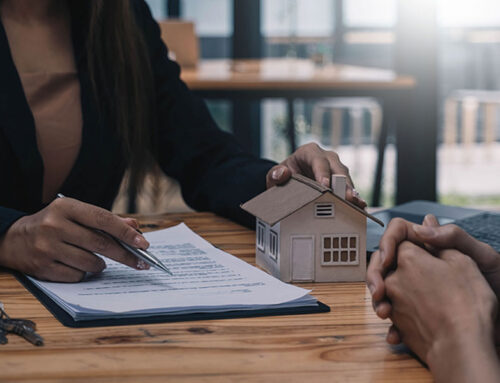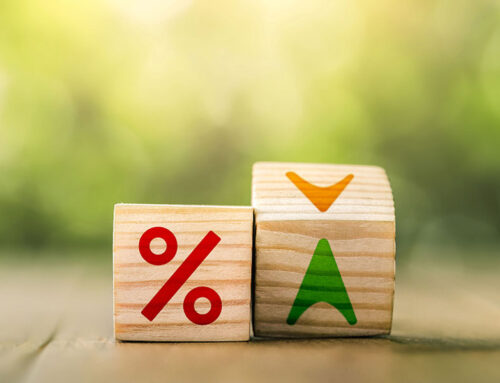When I began to invest for the future, I bought mutual funds in my 401(k) plan sponsored by my employer. I really didn’t know a lot about these funds but my nature always pushes me to learn as much about something as I can before I feel completely at ease with it. In the case of growth investing, these mutual funds allowed me to dip my toe in the sometimes turbulent waters of the stock market before I completely dove in. I contributed about $50 per paycheck in my retirement fund and diligently studied the pros and cons of the equity portfolios before I invested more money in other types of securities.
It took about six months before my comfort level grew with my first go at investing. My older brother then encouraged me to buy blue-chip stocks or shares of large, established companies that were (and still are) household names in the United States: General Motors, Disney, Coca-Cola, and the like. These purchases were the next logical step in improving my return on investment. As time passed, my investment advisor chirped “diversification” in my ear. I had some additional savings and he showed me how to buy multiple investment properties to spread my risk among different asset classes. I’ve been investing in real estate now for several years. Let me tell you what I’ve learned about growing your portfolio.
How to Buy Multiple Investment Properties
Just great, I thought. I had to set up another drawing board and learn the basics of real estate investing. It wasn’t anything like handing my money to a seasoned money manager who continually researched which stocks to buy and sell in his mutual fund. Buying, renovating, and selling homes meant a lot of self-learning and hard work.
The First Time Around
For me, the first step into new territory is always the most difficult. Purchasing my first investment property caused a lot of anxiety. I had talked to more experienced buyers who owned several homes that they either rented out or had earmarked for rehab and resale. They offered me some good advice: Don’t use my own money or hire uninsured contractors. And, most importantly, set a price and time frame for my exit. Obviously, they had the process pretty well at hand. I could listen all day but needed to get my hands on one home before I expanded my own portfolio.
The Next Step
I mostly knew investors who rented out the homes they bought. Their formula for success involved finding a home at an appropriate price point, making necessary repairs, and setting the monthly rent at a level that would pay the mortgage, taxes, and maintenance costs. At the end of the month, the goal was to still have some money left after the bills were paid. At the end of the year, the next goal became accumulating enough dollars to purchase a second property. It turned out to be a great strategy. A year was enough time for me to become familiar with handling the administrative tasks of being a landlord while forming relationships with contractors and other professionals to help with my next property buy.
The Second Buy
My first year as a landlord went off without any major hiccups. Granted, there was some landscaping to do and I opted to contract out for snow removal and yard maintenance on my two-family rental property. The expenses were manageable because I created a slush fund to take care of those costs. Initially, I still hung onto my day job and couldn’t find the time to perform those necessary tasks. Fortunately, there were no major unexpected expenditures and after twelve months I’d saved enough from the cash flow to plunk 5% down on a second property. My disciplined approach forced me to keep my real estate money with my real estate money, and allocate my employment income to other pursuits.
Another Angle For Buying Multiple Investment Properties
My learning curve flattened and about six months after the purchase of my second rental unit, so a real estate investing friend beckoned me to buy a property that could be rehabbed and sold once the project was complete. The home was undervalued compared to similar properties in the same neighborhood. My biggest concern was financing. Would I be able to get approval on a third property after only 18 months in the business? Indeed, my solid payment history with a private lender afforded me the opportunity to borrow the additional funds and pursue the irresistible deal. My first flip posed some problems—I had to unexpectedly replace a furnace—but I’d built enough padding to absorb the cost.
Ten Years Later: Relying on a Network of Expertise
After ten years in the real estate investing business, I’ve acquired eight rental properties and bought and renovated numerous others to sell. But, it didn’t always go without a hiccup. As I encountered a number of setbacks after my third purchase, started looking around for more support and eventually decided that becoming an independently owned and operated HomeVestors® franchisee would provide just that. My experience and portfolio have only grown since then because I can rely on the tried-and-true real estate investing experience and mentorship of my dedicated Development Agent and a network of other franchisees whenever I need advice. Frankly, I couldn’t have done it without them.
Contact HomeVestors® today about how to build a growing real estate investment portfolio.
Each franchise office is independently owned and operated.
Contact
"*" indicates required fields






